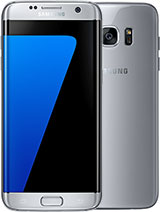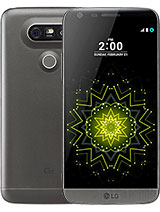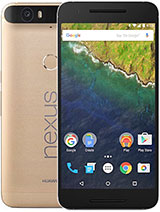By . Last updated Jan 9, 2016.
Built upon the open Linux kernel, Google Android is the most widely-used mobile operating platform in the world with a staggering 75% market share of all smartphone users. While Apple's iOS continues to lead the market in some countries, world-wide Android dominates in the total number of devices.
Browse All Top Android Cell Phones »
#1 |
#2 |
#3 |
#4 |
#5 |
|
|---|---|---|---|---|---|
|
|
|
|
|
|
|

|

|

|

|

|
|
|
|
|
|
|
|
|
|
|
|
|
|
|
|
| Release Date |
|
|
|
|
|
| Operating System |
|
|
|
|
|
| Digital Camera Resolution |
|
|
|
|
|
| Installed RAM (GB) |
|
|
|
|
|
| Screen Size(Diagonal) |
|
|
|
|
|
| Front Webcam Resolution |
|
|
|
|
|
| Processor Type |
|
|
|
|
|
| Battery Capacity |
|
|
|
|
|
| Carrier |
|
|
|
||
|
|
|
|
|
Many top-tier manufacturers produce Android based phones including HTC, LG, Motorola, Samsung and Sony to name a few. Additionally, Google produces (in conjunction with LG) its own line of smartphones using the Android platform under the Nexus brand name. Factors you should consider when choosing an Android phone include both hardware and software specifications.
Google has released several versions of its Android operating system provides updates and major revision releases periodically. As manufacturers produce faster mobile phone hardware, Google release updates to Android that take advantage of the performance increases. The latest version of Google Android is 4.4 KitKat. However, the most widely used versions of the operating system are 4.3 Jelly Bean and 2.3 Gingerbread, which represent 62.5% and 14.1% of all Android installations respectively. As time goes by, though, more and more users will migrate to new phones with or upgrade to 4.4 KitKat.
There are number of features that have helped to make Android the most popular choice in smartphone operating systems. A few of those features include: faster processing, application multitasking, robust navigational features using GPS and Google Maps, faster connectivity with wireless protocols (Bluetooth, EDGE, 3G, 4G and WiFi), diverse media support (MPEG4, H.264, MP3, AAC, AMR, JPG, PNG, GIF) enhanced security features and vibrant high-resolution displays.
Another advantage of Android phones - versus those with other mobile operating systems - is its built-in access to powerful Google Search tools and tight integration with the Chrome Web browser application. Because of this tight-knit integration, syncing data with Gmail, Google+, Google Docs and other Google services is seamless and automatic. Google designed Android to be able to perform these multitasking and syncing operations while consuming less power and memory (RAM) to make it an ideal platform for smartphones, tablets and other mobile devices.
The final thing that sets Android apart from its rival mobile operating systems is its built-in access to the Google Play store where you can find thousands of downloadable apps to enhance the functionality and usability of your smartphone or other mobile device. After you power on your Android smartphone, you no longer need to enter additional credentials to log in to Google Play and start downloading and installing apps. If you choose to log in to Google Play from a computer, the service syncs selections with your phone automatically and downloads and installs apps automatically as soon as your smartphone establishes a data or Wi-Fi connection. In addition to the Google Play store, you can also use third-party services such as AppBrain or Amazon Appstore to download and install apps to your Android smartphone or device.
The informative table below seeks to explain the major Android versions in the market, and their major updates among the many other incremental upgrades compared to the previous versions.
| Android version | Initial release | Usage share | Major updates |
| Gingerbread 2.3.3 to 2.3.7 | February 2011 | 50.6% | Native VoIP support, new download manager |
| Ice Cream Sandwich 4.0.x | December 2011 | 27.5% | New tabbed Google Chrome browsing, 1080p video recording |
| Jelly Bean 4.1.x | July 2012 | 5.9% | Smoother UI due to higher frame rate display |
| Jelly Bean 4.2 | November 2012 | 0.8% | Widgets on lock screen |
© 2024 ReviewGist.com. All Rights Reserved.
Best Android Cell Phone